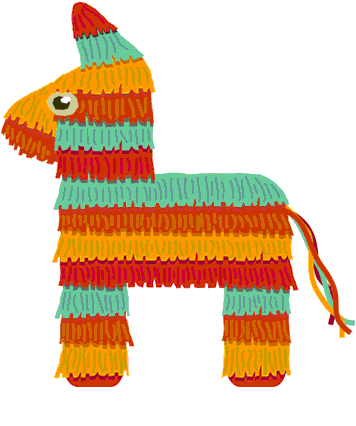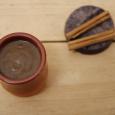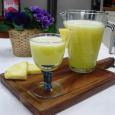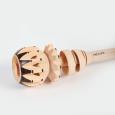
Growing up in the North part of Mexico, we had maybe a day or two a year with proper cold weather and our house, like most houses, had no central heating! This means that in those couple of days when it is actually cold, you use extra blankets on your bed and you wear the heavy jumpers inside your house. If the cold spell goes on for a week, you dig out the aul gas heater to warm up the room you're most in and you indulge in a fit of baking, which is rarely attempted the rest of the year as temperatures go as high 45 Celsius and that's before you turn on the oven!
In those 'awful' winter days, my mam used to serve a special merienda (tea) consisting of a big cup of frothy Mexican hot chocolate with a crusty roll that had been halved, gently toasted on a comal and generously buttered. When she was not looking (most of the time she would turn a blind eye) we used to dip the edges of the buttery roll in the chocolate and scoop the foam from the top of the cup. Oh how I loved those days! Mexican chocolate, you see, is very different to the drinking chocolate we have in Ireland. It's much sweeter, with hints of caramel and spice and it must be, unequivocally foamy.
Mexicans have been making hot chocolate for millenia. In ancient times, way before the Spaniards arrived on our shores, the cacao beans were considered so precious, they were used as currency. The bitter, frothy and energetic drink made with a paste of roasted cocoa beans and spices cooked in water was served to Mayan and Aztec Kings, nobles, high priests and top members of the ruling classes. It was considered the drink of the Gods and was, of course, very different to what we drink now; its making was ceremonial and it was believed that the foam formed on the chocolate, was a live force which had a spiritual connection to the Gods. The froth was also believed to have curative powers and was linked to fertility. In modern terms, the foam gives the chocolate a more satisfaying quality and a much more pleasing texture to the palate.
Both Mayans and Aztecs developed several methods to produce long lasting foam. The Mayans favoured the decanting method, which consisted of pouring the hot drink from one container to another from a certain height several times to create foam; this shaking also prevented the chocolate solids from separating; nowadays emulsifiers are added to prevent chocolate from naturally splitting from the milk/water, but back then, it was a tight rope these chocolate stirrers walked, you wanted to create foam, but not cool down the chocolate. Other tribes would use branches of local trees or added the petals of a local flower to create foam. Chocolate stirrers who were able to make and maintain the foam in their chocolate were highly valued and the more stable and thicker the foam, the better the chocolate.
The Aztecs used a Molinillo, which is a Mexican wooden whisk, to froth hot chocolate and other drinks such as atoles. It's a very old kitchen tool and very little historical records exist prior to the arrival of the Spanish Conquistadores to Mexico. Very little is known of the origin of the Molinillo; some attributed as a 17th century Spanish invention, but it was meticulously described several times by Fray Bernardino de Sahagun in the 16th Century's Codices Florentinos (Florentine or Aztec Codices) and later on by the Jesuit scholar Francisco Javier Clavijero. The word Molinillo was given by the Spaniards as it was a sort of milling instrument for chocolate, the Aztecs called it aquaujul or aquahuitl (which apparently means chocolate stirrer).
Hundreds of years later, and with the addition of sugar and the comercialization of chocolate, Mexicans are still obsessed with its foam. We use blenders now, but most houses still have a Molinillo for that special foaming action. The design of molinillos was simple at first, becoming more elaborate with time, using mother pearl, ivory, wood and hand painted elements by the 1930s; to me, even the simplest of molinillos are beatiful to look at, and to this day, many Molinillos are hand carved and its many cogs and intricate designs all serve the same old and basic purpose: creating a frothy drink.
This is really not a recipe, but more a way of using Mexican hot chocolate. The commercially available tablets are hard and a bit granular as sugar has been added to them. This is how to use them and in all my 'Irishness', I've gone and added 'piquete' (or spike) to it. We love it at home and hope you do too!
Put the milk and chocolate in a heavy bottom pot and turn on the heat to medium high. I use a 2 litre pot to give myself enough room to froth the chocolate without any spilling accidents.
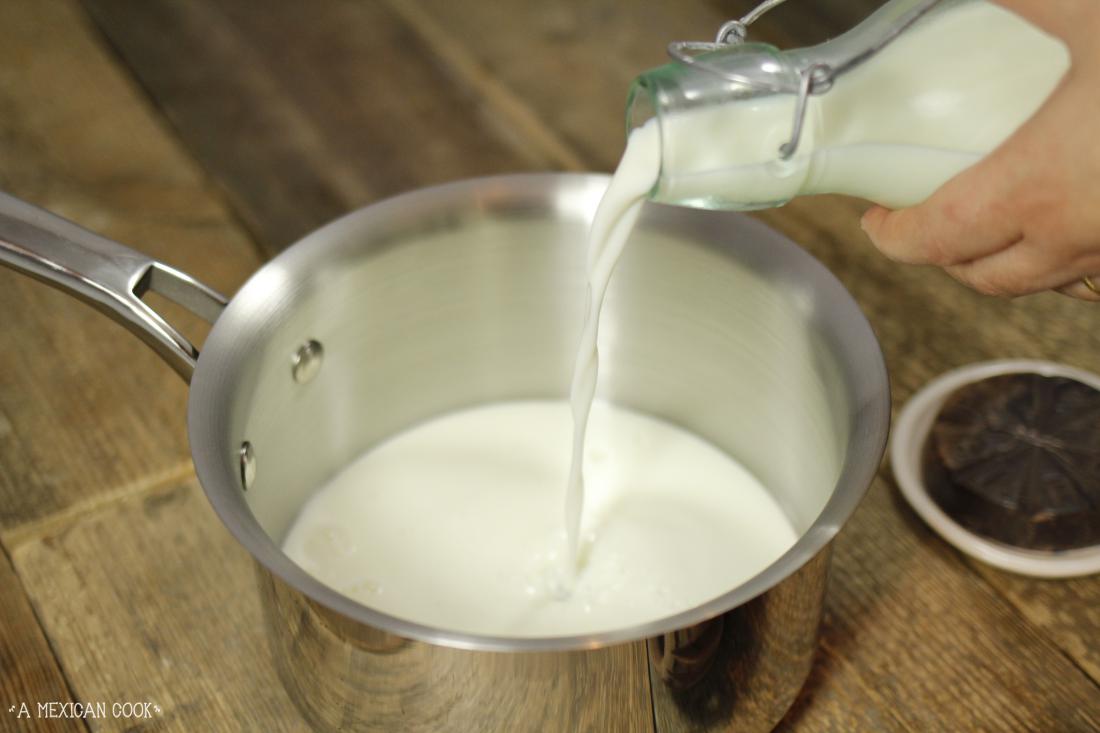
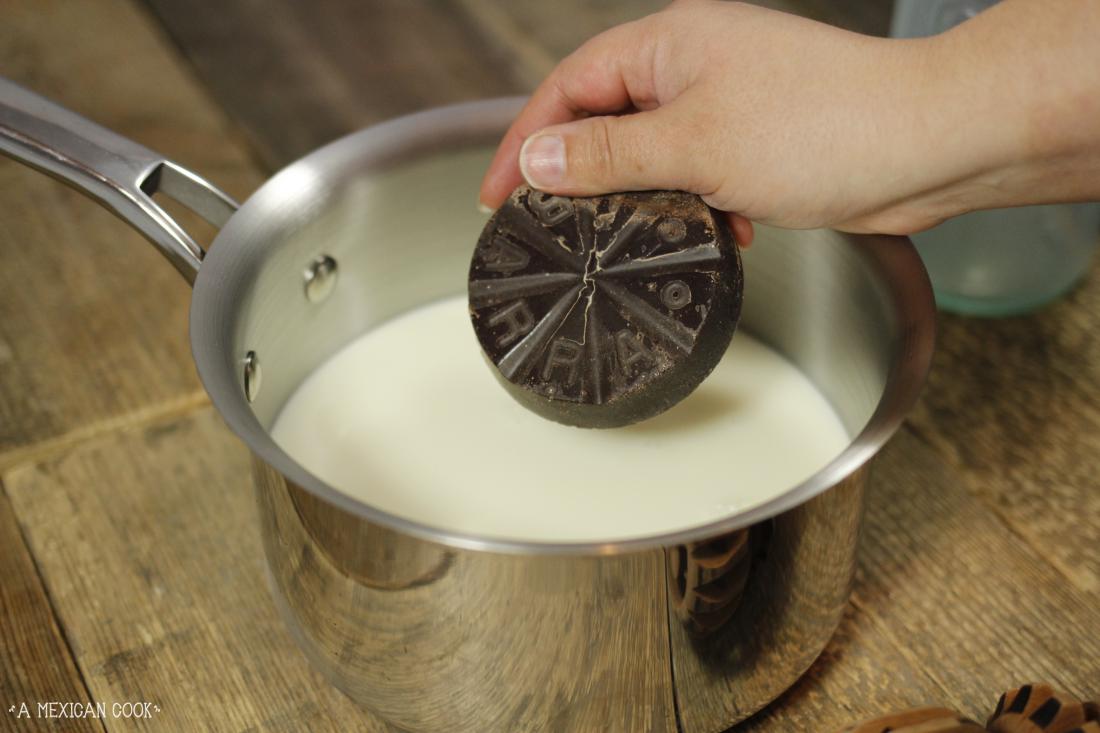
Using the bottom of your molinillo (or a wooden spoon) gently stirr the chocolate tablet, turning it into the other side to help it break and disolve. The chocolate tablet is very hard, but as soon as it comes in contact with heat, it softens quickly. One important thing to know about Mexican Chocolate tablets is that they don't melt into the milk, you need to slowly soften them and break them into the milk. It's a quick enough process, but the milk and chocolate needs to be stirred constantly.
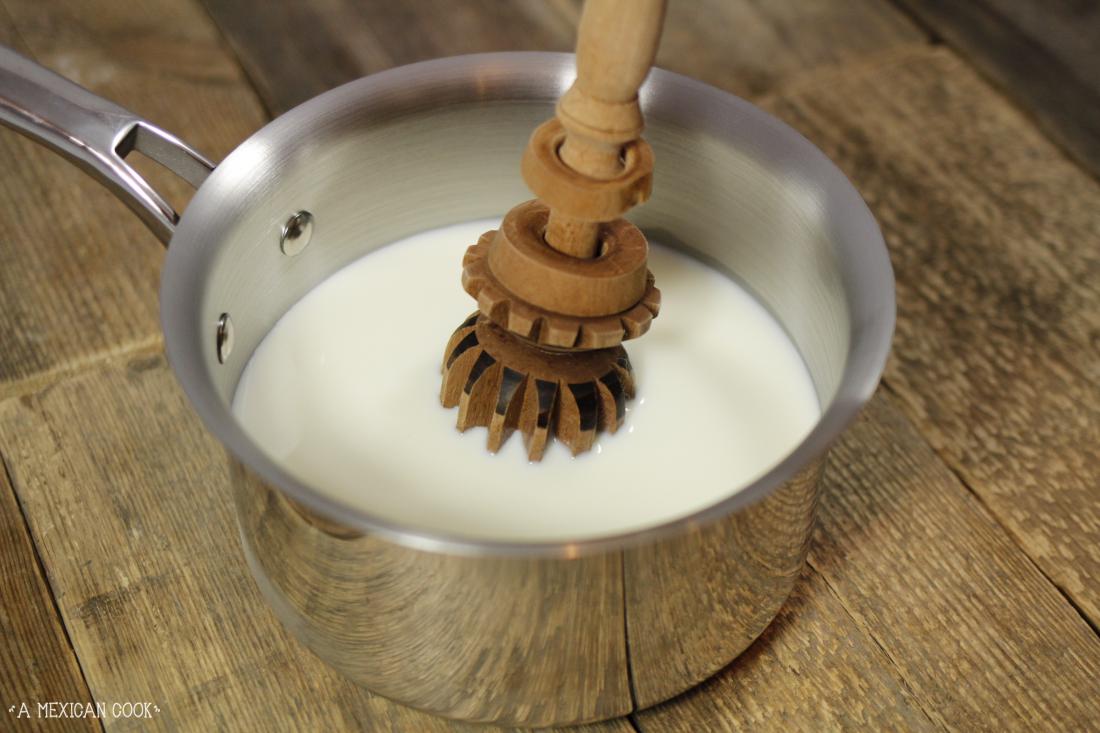


As soon as the chocolate table dissolves into the milk, put the molinillo between the palms of your hands and hold it vertically inside the pot, rotate the molinillo vigorously to create foam. Check out this little video we made to show you how!
If you are not using a molinillo, make sure you stirr constantly. At this point you can also transfer the hot chocolaty milk into a blender and froth it that way, but it's much nicer if you use the wooden instrument or a battery operated milk frother that you can stick into the pot. Remember we want plenty of foam.
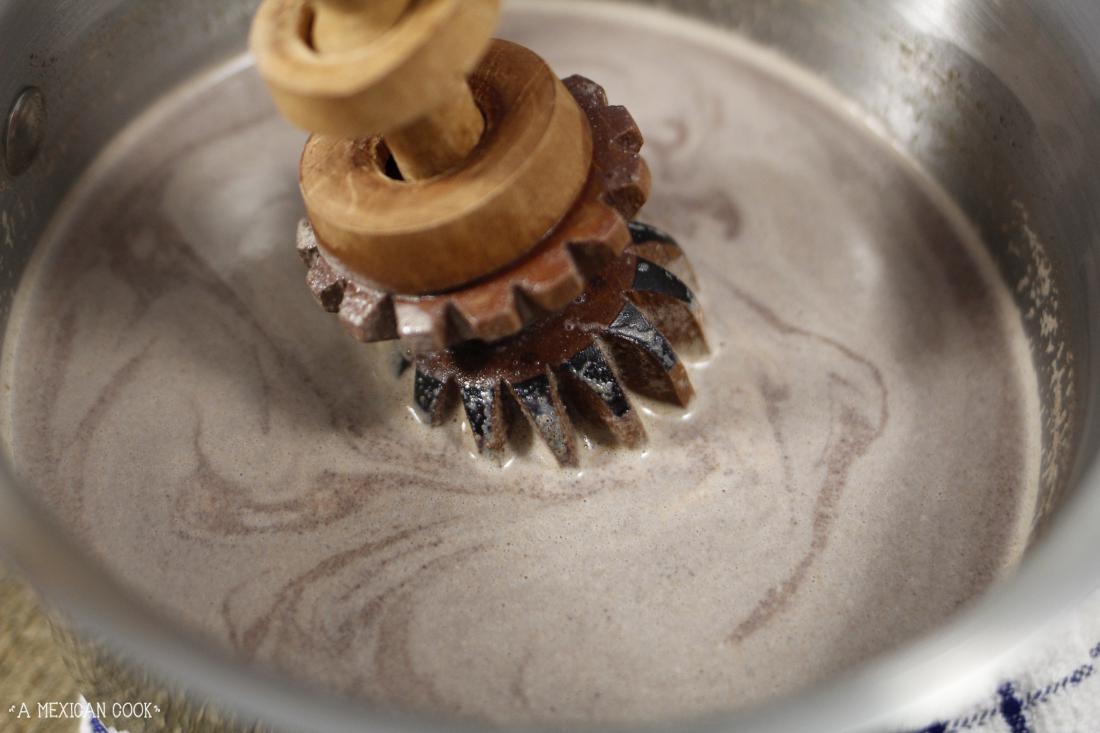
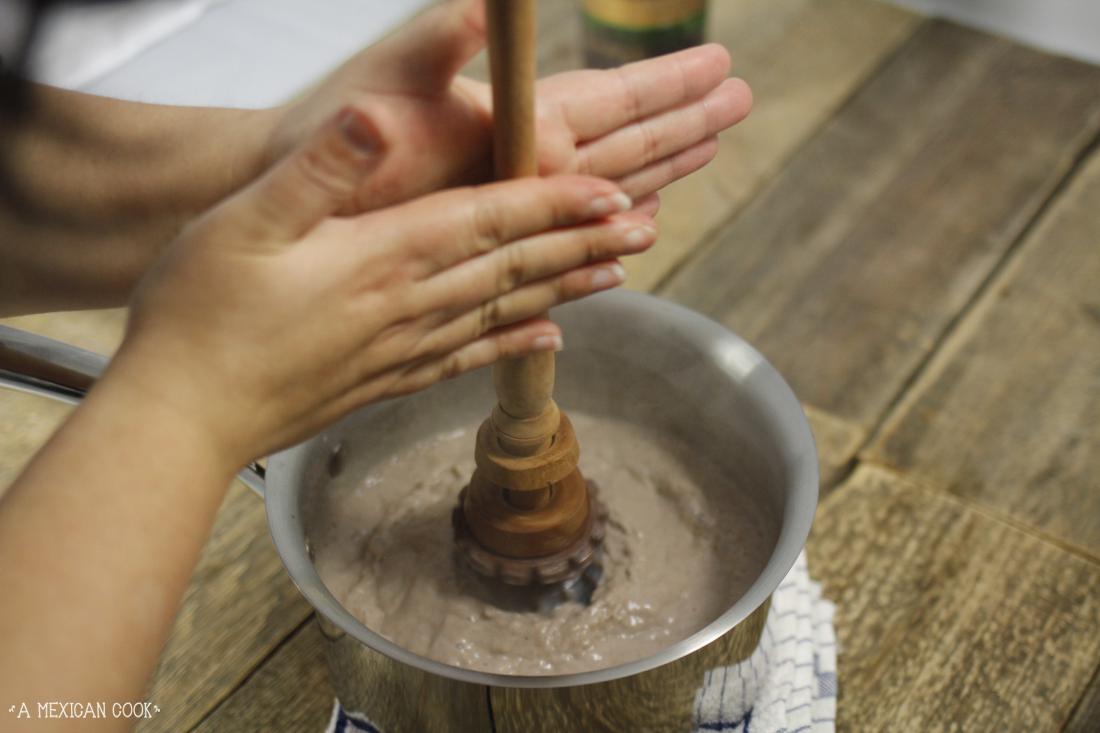
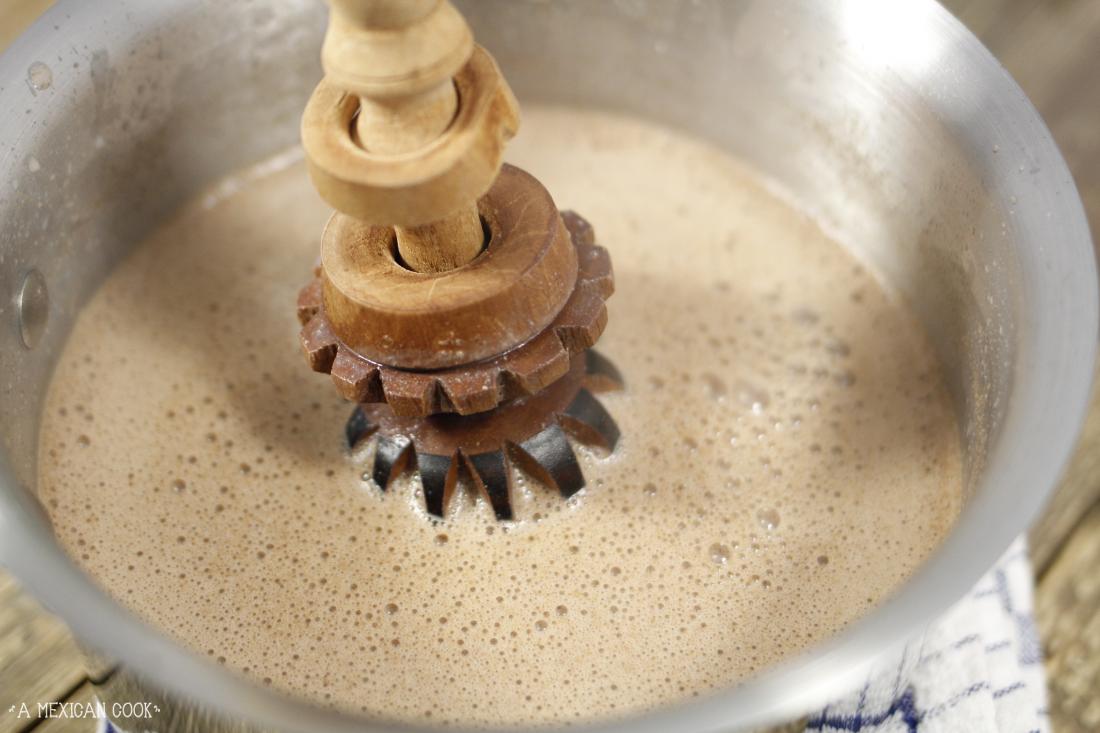
When the milk is hot enough (make sure it does not boil over), pour the whiskey into it and foam it again. Switch off the heat and pour it into big mugs.
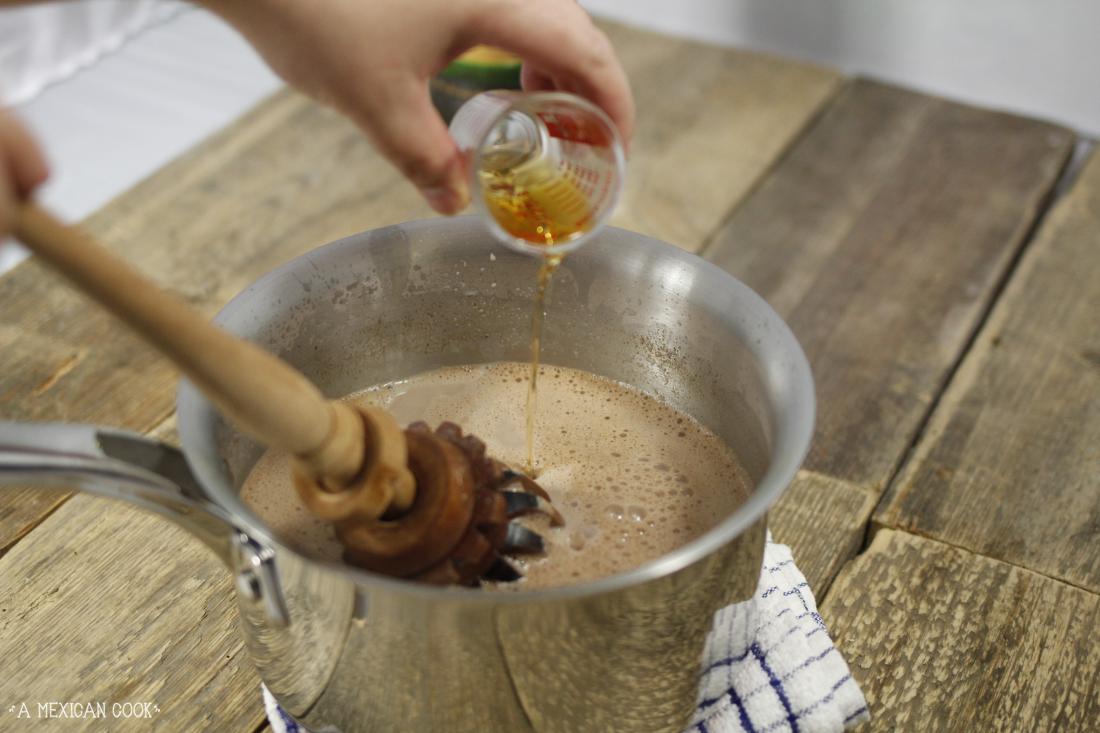
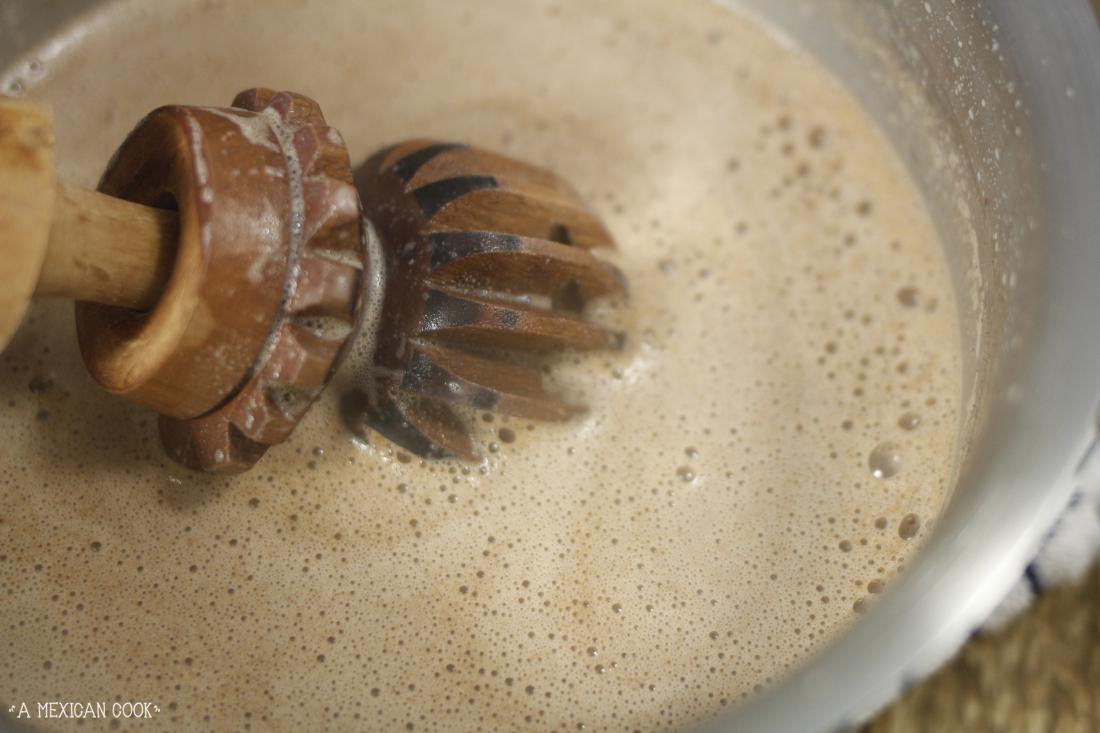
If you follow my Instagram feed, you'll know this is something I make all the time. As soon as there's a hint of a stormy, cold night, hot chocolate is in the menu for sure. We love it! Serve it hot and if there's anything left on the pot, keep it refrigerated and reheat later on. The chocolate granules will sink to the bottom of the pot, so a good stirr with the Molinillo will bring them back up again.
If you are serving this to children, skip the whiskey and serve it with buttery toasted bread. It's super tasty! I do not recommend to add marshmellows or cream as the chocolate is quite rich as it is and does not need any added sugar. Believe you me, you'll love it plain!

